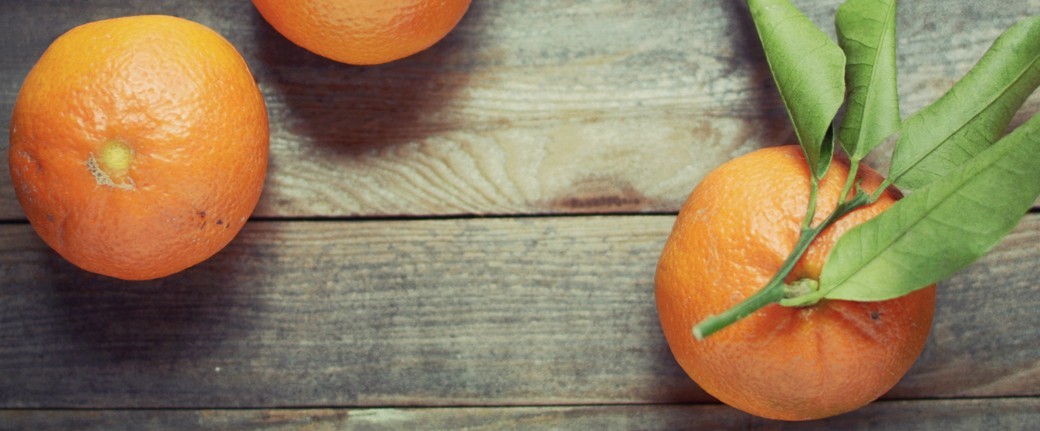|
Is your food helping you? Take your diet to the next level with heavy hitting anti-inflammatory foods.
2. Garlic is best raw for antibacterial and anti fungal properties. It is a good food to help prevent candida, improve circulation and potentially help with biofilms as well. You have to be creative to eat garlic raw… and a little brave. Add 1-2 crushed cloves to salad dressings, add to homemade or store bought pesto and guacamole, add 1-2 cloves to fresh homemade veg and fruit juice. Make garlic oxymel for a sweeter delivery. Indian proverb – “Garlic is as good as ten mothers.”
4. Avocado Rich in monosaturated fat and fiber, two essential nutrients for healing, avocados are a good addition to one’s healing diet. A half cup avocado contains 5 grams fiber, and keeping fiber to at least 30 g a day will help reduce ‘herx’ response from antibiotic treatment and improve detoxification and elimination. This west-coast fruit is also very rich in monosaturated fatty acids that are key for healthy cardiovascular health and neurological function. Fats improve absorption of key nutrients like D and carotenoids. It is best when dealing with Lyme to shift the balance towards less starch and more high quality fat. 5. Kombucha For many of my clients kombucha is a favorite way to get healthy live bacteria (probiotics) in a non-gluten and non-dairy food source. It is fairly low in sugar, usually having less than 3 g per serving. I recommend 4-6 oz a day. A strange drink, certainly. It is much cheaper if you can make it at home. Daily intake of probiotic foods is a key to survival from long-term antibiotics and systemic infectious disease in general.
|
||







